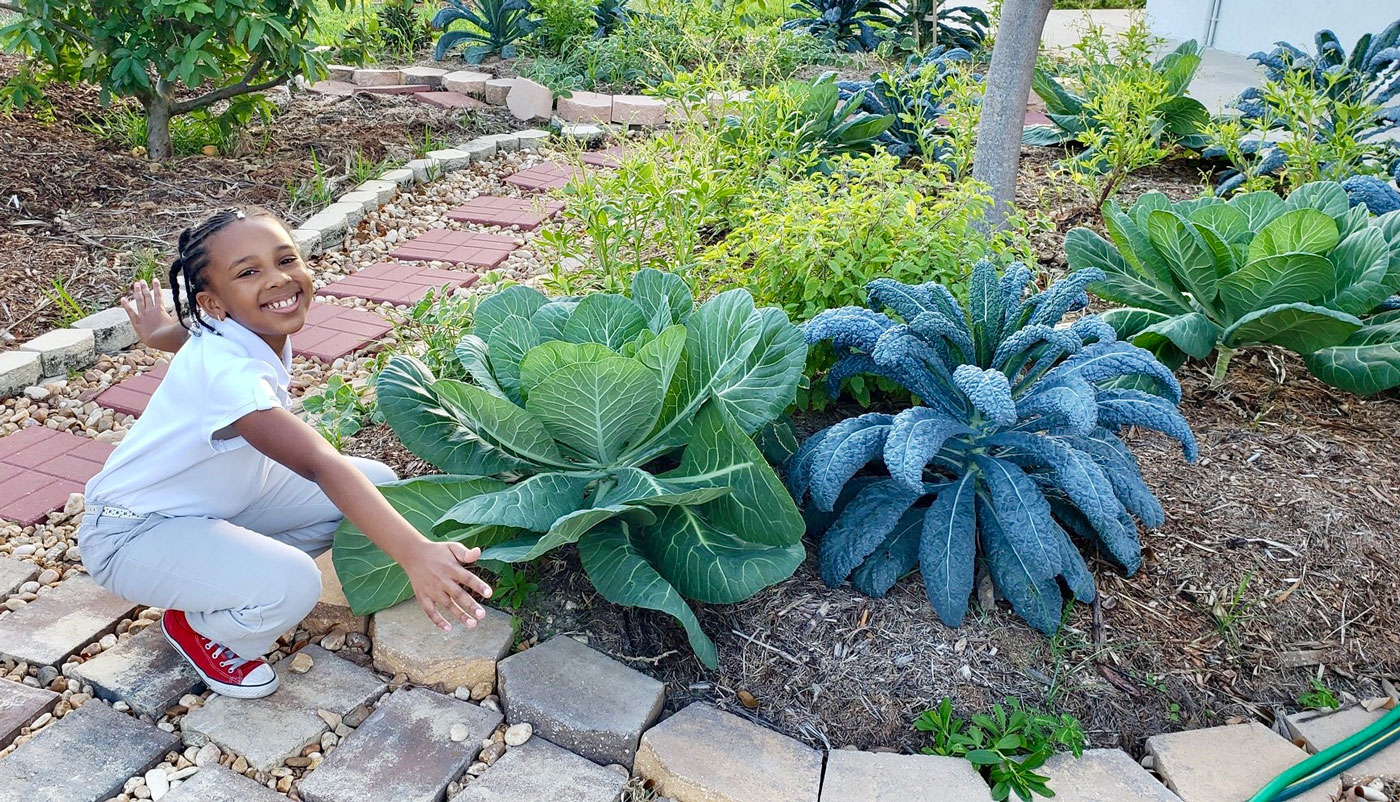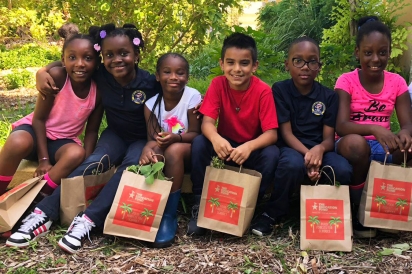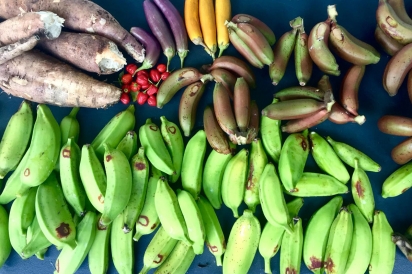Back-to-School? Food Forests Ready for You
When some Miami-Dade elementary school students head back to school Monday, they’ll be greeted by their school food forests, cleaned up and ready for another year of providing students and their families and staff with fresh, healthy produce.
“We or staff have visited all 25 of the food forests in the last three weeks to do an initial cleanup and make sure the growth was under control and the area was safe for students,” says Debi La Belle, program manager for The Education Fund’s Food Forests for Schools. There are 20 fully functioning food forests and five in process: Morningside Elementary, GKE/Sabal Palm Elementary, Sylvania Heights Elementary, Coral Park Elementary and South Miami K-8.
Unlike gardens that feature annuals, food forests are made up primarily of perennial plants that produce year-round. After spending time learning in the garden, students are eager to snack on tropical spinach leaves. By the end of the school year, they're eager to eat a freshly picked snack”of nutritious fruits, salad greens and veggies.
The food forests are outdoor learning spaces filled with edible and delicious plants and fruits – fresh bananas, acerola cherries, cotton candy fruit, just to name a few. Students participate in daily or weekly harvests for the cafeteria and their homes and learn about the plant life cycle from seed to table. The program also trains teachers and cafeteria managers so that nutritious plants grown by children can be used in cafeteria meals.
The impact of the program is far-reaching. “School land that was once unused is now bustling with student activity each day,” says La Belle. “In fact, our work changed the school district’s Wellness Policy, which now recommends all schools establish edible gardens, a precursor to the science recommendation.
Find out more about The Education Fund’s Food Forests for Schools here.









